changed the code with the Gaussian args considering Sam Masons comment. The results are still wrong, since I know from QQ-plots the data is probably a decent Gaussian. I will try to post my updated code and attach the data file too. Perhaps it's obvious but I don't see how the KS-test gets it so wrong (or I). The .csv datafile can be found here: https://ln5.sync.com/dl/658503c20/5fek5x39-y8aqbkfu-tqptym98-nz75wikq
import pandas as pd
import numpy as np
alpha = 0.05
df = pd.read_csv("Z079_test_mc.csv")
columns = df.columns
with open('matrix.txt', 'a') as f:
for col in columns:
print ([col])
a, b = stats.kstest(df[[col]].dropna().values, stats.norm.cdf, args=(np.mean(df[col]),np.std(df[col])))
print('Statistics', a, 'p-value', b)
if b < alpha:
print('The null hypothesis can be rejected' + '\n')
f.write(str(col) + ',' + 'Kolmogorov Smirnov' + '\n' + \
' ' + ',' + str(a) + ',' + str(b) + 'The null hypothesis can be rejected' + '\n')
else:
print('The null hypothesis cannot be rejected')
f.write(str(col) + ',' + 'Kolmogorov Smirnov' + '\n' + \
' ' + ',' + str(a) + ',' + str(b) + 'The null hypothesis cannot be rejected' + '\n')


